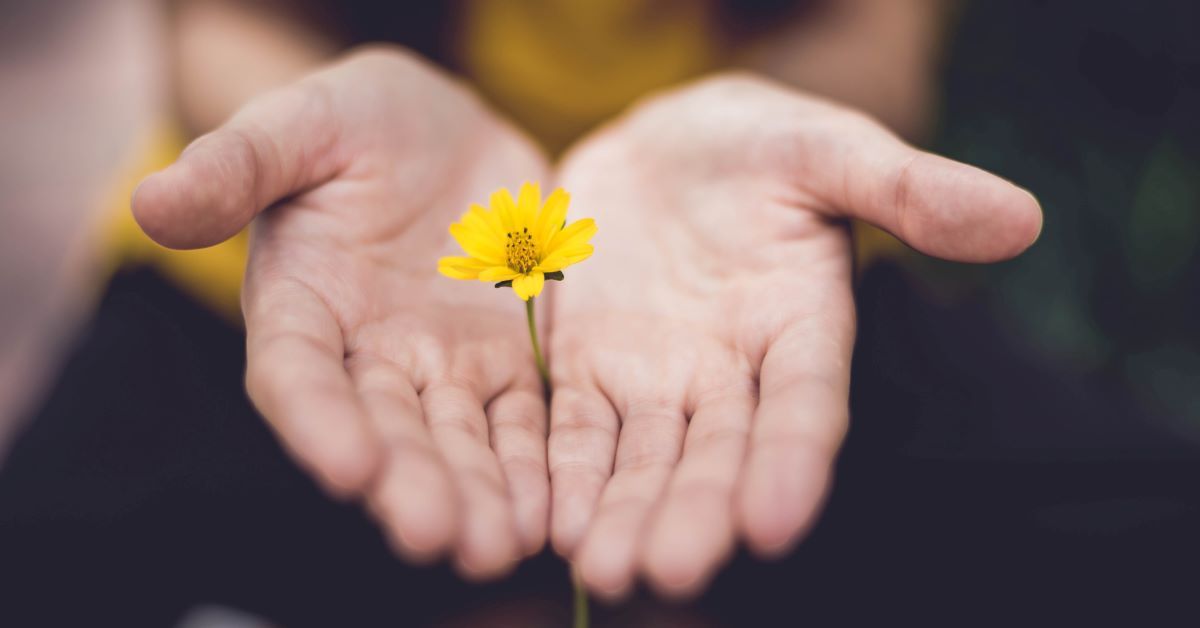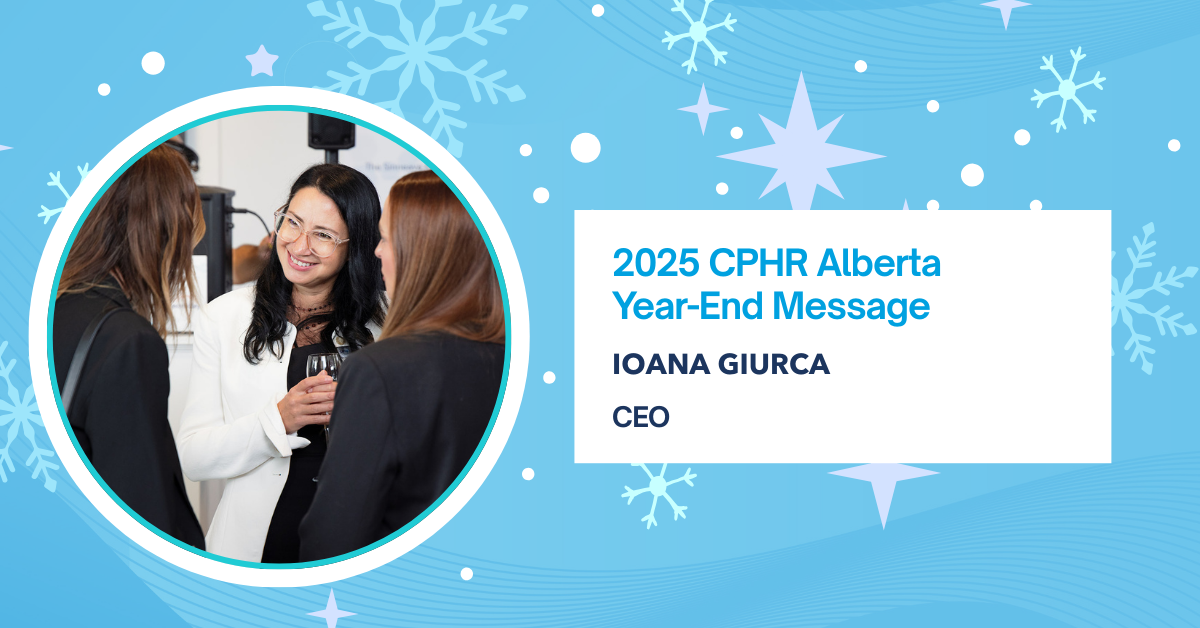
Building a Well-Being Strategy

Author: Dani Savell, Health Consultant at HUB International
Your employees are looking for support. When considering a change in work environment, 60% of respondents to a recent survey said having a team that cares about their well-being was a key driver. [1] And 40% of employees admitted they would leave their current job if there was a lack of support for well-being. [2]
The focus on wellness in the workplace is evolving. A well-being strategy is no longer a “nice to have” if you want to attract new talent to your organization and retain and engage the employees you currently have. And employers are taking note.
A well-being strategy considers how the workplace can impact and support the “total health” of their employees – including physical health, mental health, financial health, work health, and life health. Many organizations offer wellness programs to support the different facets of health, such as extended health benefits, EFAP, disability, and financial savings or pension programs.
However, a well-being strategy is more than having wellness-focused programs. It is about understanding the health risks within your organization, having the right programs and tools available to address these health risks, and leveraging these programs so that employees have the knowledge and tools to be proactive and manage their own health and well-being. Promoting your EFAP, offering wellness education sessions, or implementing wellness initiatives may contribute to meeting the objectives of your well-being strategy, but these actions in and of themselves are not equivalent to having a strategy or making well-being a business priority. Simply announcing a new focus on well-being isn’t enough. Employees want to feel supported and empowered by their workplaces. They want a culture that values their well-being and a workplace where they have permission to prioritize their health and take care of themselves in every way.
Regardless of how big or small your organization is, a well-being strategy will help you to:
- Make evidence-based decisions by using your available health data
- Provide consistency of focus to get everyone on the same page, speaking the same language
- Involve your employees in the decision-making process
Supporting Individual and Organizational Health
A well-being strategy involves a two-pronged approach. To support the individual health of their employees, employers need to provide resources, tools, training and campaigns to meet the employees’ needs and support identified health risks of their employee population. At the same time, organizations need to ensure that their workplace has foundational elements in place that foster a culture of health and well-being, such as effective policies, governance and processes, and committed leadership. Without organizational health, an employer cannot effectively support individual health.
As we emerge from the last few years and into post-pandemic recovery, we expect to see:
- Increasing disability costs for mental health
- Increasing addictions
- Increasing employee burnout
- A workplace culture that includes virtual components
- A desire to find meaning and purpose in one’s work or a sense of belonging with the workplace
- A shifting of life priorities
Workplace well-being needs to be recognized and addressed as a business issue. Organizations need to be thoughtful and intentional. Developing a well-being strategy helps to build a program that is both meaningful to employees and supports the business needs of the organization.
Dani Savell from HUB's Health Consulting Team will be a speaker at CPHR AB Engage 22 Conference on Sep 27, 2022, at 11:15am. Join her for a Wellness session focused on building well-being strategies to support the total health of your employees and hear from an Alberta-headquartered organization who began their well-being strategy four years ago.
[1] PWC, “ What 52,000 people think about work today: PwC’s Global Workforce Hopes and Fears Survey 2022 ,” May 24, 2022.
[2] Benefits Canada, “ Employees seeking enhanced well-being resources, employer recognition: survey ,” May 18, 2022.
The views and opinions expressed in this blog post belong solely to the original author(s) and do not necessarily represent the views and opinions of CPHR Alberta.
The views and opinions expressed in this blog post belong solely to the original author(s) and do not necessarily represent the views and opinions of CPHR Alberta.





